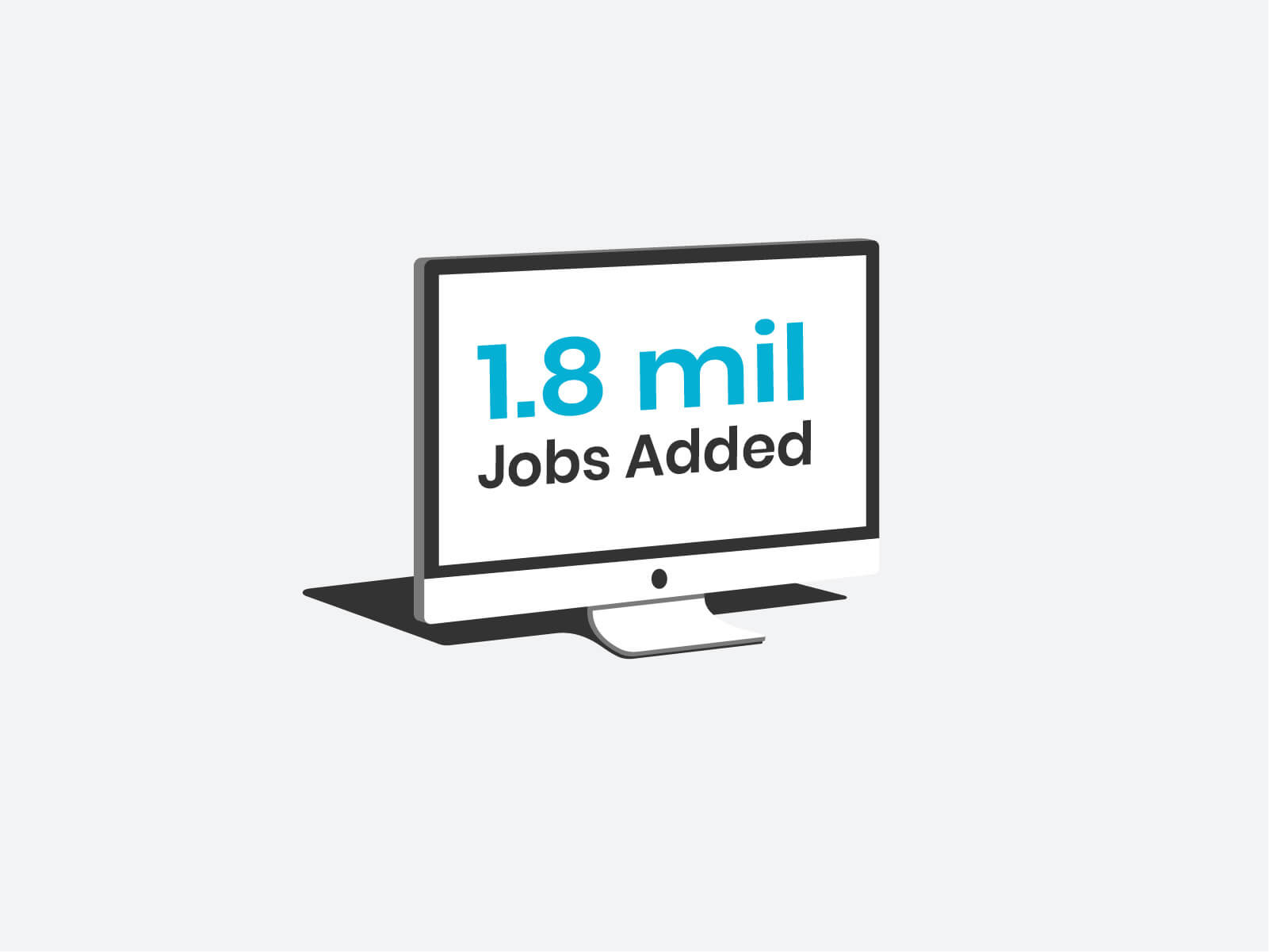July 2020 Economic Report
As many states have have either paused or receded from their reopening plans since the COVID-19 resurgence in June, the July 2020 Economic Report continues to show progress, but clearly reflects this slowdown.
The information for this report was developed using data from the U.S. Bureau of Labor Statistics, U.S. Census Bureau, Yahoo Finance, and FedPrimeRate.com. Below the report, check out the Amtec Tip of the Month about how to spot when your employees are burning out.

Amtec Tip of the Month
Stress and overwork certainly create an unhealthy workplace atmosphere. But they can also lower your employees’ productivity and increase turnover. Throw a pandemic on top of it all and it becomes even more important for your team members to feel content. Here are a few signs that your employees are burning out:
- Playing the Blame Game: When employees are under stress, it’s often because there is more work to accomplish than can possibly be completed in a day. If something falls through the cracks—say, a package doesn’t get mailed, or a report is overdue—it’s human nature for your employee to become defensive and blame someone else, or even lie about it.
- Having No Personal Life: Sometimes, because you care so much about your business results, your standards and policies can unwittingly overburden employees.
- Complaining Customers: If your customer complaints are up, it could be that employee morale is down. When employees are stretched to the breaking point, it’s easier for them to make mistakes and fail to deliver a performance that satisfies those they serve.
For more signs that your employees are burning out read this article.
Additional Information
If you’re unable to view our July 2020 Economic Report or would like additional information, read below:
COVID-19: The changes in these measures reflect the effects of the coronavirus pandemic and efforts to contain it. The household survey response rate, at 67%, was about 16% lower than in months prior to the pandemic. The collection rate for the establishment survey was 78%, higher than the average collection rates prior to the pandemic.
- The unemployment rate declined by 0.9% to 10.2% in July. The number of unemployed persons fell by 1.4 million to 16.3 million.
- Total employment increased by 1.8 million in July after rising by 4.8 million in June. Employment was about 8.4% lower than its February level.
- Leisure and Hospitality added 592,000 jobs.
- The government added 301,000 jobs.
- Retail Trade added 258,000 jobs.
- Education and Health Services added 215,000 jobs.
- Professional and Business Services added 170,000 jobs.
- Other services added 149,000 jobs.
- Transportation and Warehousing added 37,900 jobs.
- Manufacturing added 26,000 jobs.
- Financial Activities added 21,000 jobs.
- Construction added 20,000 jobs.
- Utilities added 300 jobs.
- Wholesale Trade lost 5,300 jobs.
- Mining and Logging lost 7,000 jobs.
- Information lost 15,000 jobs.
- Average hourly earnings for all employees rose by 7¢ to $29.39.
Note: Data below represents changes from different months.
- Job openings rose 8% in May to 5.4 million openings.
- Dow Jones rose 2.16% in July with a high of 27,035.24 points.
- Housing starts rose by 17.3% to 1,186,000 in June.
- Consumer price index rose 0.6% in June.
- Federal prime rate remained at 3.25% in July after dropping from 4.25% in March.
- Retail inventories dropped 6.2% in May to $604 billion.
- Manufacturing hours worked per week rose 1.8% to an average of 39.7 hours in July.
- Manufacturing new orders rose by 6.2% to $437 billion in June.
Related Posts
View all posts-
Employers
OSHA Proposes Heat Illness Prevention Plan to Protect Workers
The proposed OSHA rule represents a crucial step towards enhancing worker safety in the face of extreme heat.
-
Employers
How to Develop a Comprehensive Construction Safety Plan
As construction sites are inherently hazardous environments, developing and implementing a robust safety plan is crucial.
-
EmployersCareer Seekers
Navigating the New PAGA Landscape: Key Changes and Compliance Tips
The PAGA reforms signed into law by Governor Gavin Newsom on July 1 aim to bring a new balance to this labor law.
